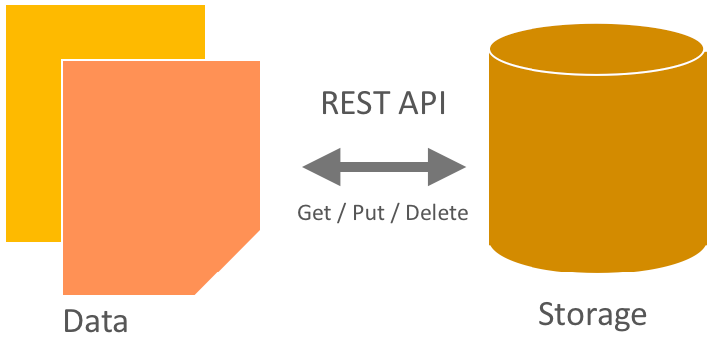This patch changes the name of the Admin-Guide from the Cloud
Admin Guide to the Administrator guide. This affects the
filename in the repository, and references to cloud administrators
within the document texts.
1.) Changing instances of 'cloud administrator'
to 'administrator'.
2.) Change links from '/admin-guide-cloud/' to
'/admin-guide/' within the Admin Guide.
3.) Adjust .htaccess file.
Change-Id: I7f21a710e922981aa295afc0616de36fd819b523
Implements: blueprint user-guides-reorganised
1.5 KiB
1.5 KiB
Object Storage characteristics
The key characteristics of Object Storage are that:
- All objects stored in Object Storage have a URL.
- All objects stored are replicated 3✕ in as-unique-as-possible zones, which can be defined as a group of drives, a node, a rack, and so on.
- All objects have their own metadata.
- Developers interact with the object storage system through a RESTful HTTP API.
- Object data can be located anywhere in the cluster.
- The cluster scales by adding additional nodes without sacrificing performance, which allows a more cost-effective linear storage expansion than fork-lift upgrades.
- Data does not have to be migrated to an entirely new storage system.
- New nodes can be added to the cluster without downtime.
- Failed nodes and disks can be swapped out without downtime.
- It runs on industry-standard hardware, such as Dell, HP, and Supermicro.
Object Storage (swift)

Developers can either write directly to the Swift API or use one of the many client libraries that exist for all of the popular programming languages, such as Java, Python, Ruby, and C#. Amazon S3 and RackSpace Cloud Files users should be very familiar with Object Storage. Users new to object storage systems will have to adjust to a different approach and mindset than those required for a traditional filesystem.